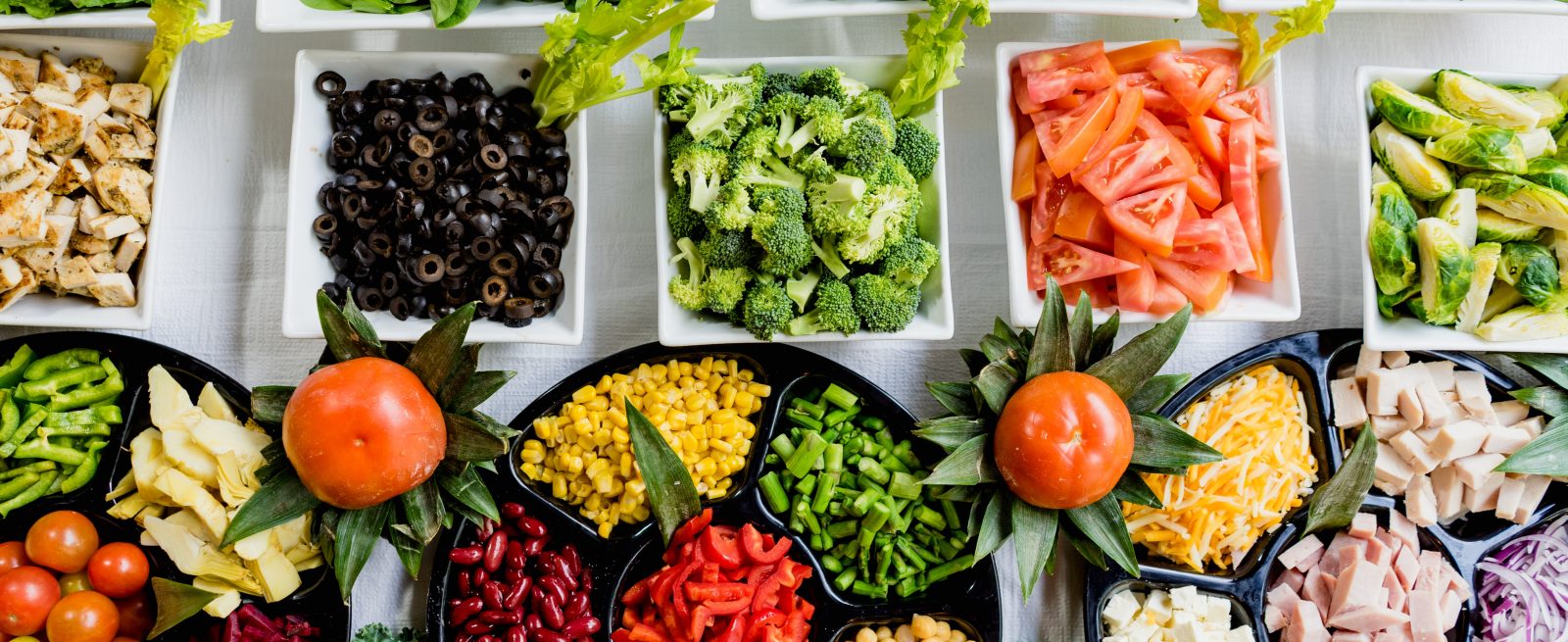Healthier Foods Carry Greater Risk for Foodborne Illness
4 Min Read By Aaron Cohen
Today’s adults grew up in a fast food culture. We sought out inexpensive, efficient food – price, speed and consistency were key selling points. As consumers, we didn’t worry about nutrition, “bad calories,” or how an all-fried, high-fat, processed diet could make us obese.
Flash forward to 2018 and it’s a whole different ballgame. Consumers are demanding fresher healthier foods, which is why chains like Chipotle and Panera have grown in popularity. These restaurants have built their brands on serving healthy, fresh, clean foods. Now, customers are even seeking salads from the fast-food chains well-known for their burgers, chicken nuggets and fries.
The demand for fresher foods is a big reason we’ve seen such a huge increase in foodborne illnesses.
Ironically, the demand for fresher foods is a big reason that we’ve seen such a huge increase in foodborne illnesses at restaurants recently. While produce and other fresh foods are healthier for consumers…
Sorry, You've Reached Your Article Limit.
Register for free with our site to get unlimited articles.
Already registered? Sign in!


